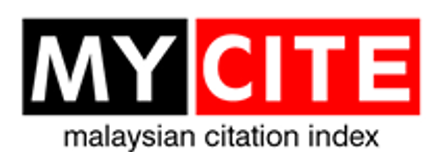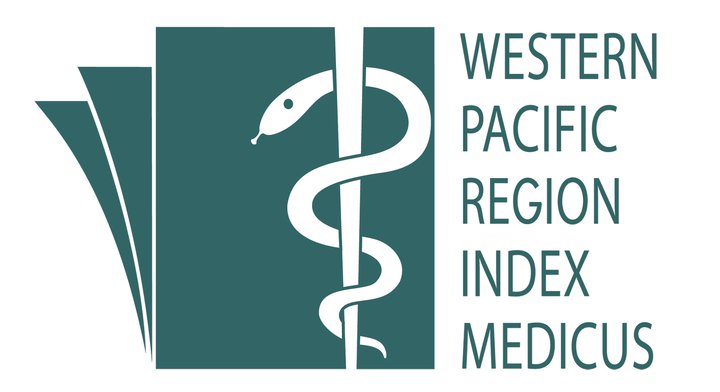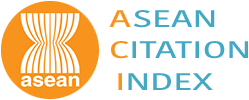Prevalence of Internet Addiction and Its Associated Factors among Medical Students, Yemen
Abstract
Introduction: Problematic Internet addiction becomes one of the major problems in today's world. This study aimed to identify the prevalence of Internet addiction and its associated factors among medical students of University of Sciences and Technology.
Methods:Â Â Â Â Â Â Â A cross sectional analytic study was carried out among 275 medical students of University of sciences and Technology, during a period of 7 months. The Internet addiction was measured by using structural questionnaire developed by Dr. Young. The sample was selected by stratified random sampling and analyzed by SPSS. Results were presented by tables and figures according to variables types.
Result:        275 medical students from 1st to 6th academic levels were participating in this study. Of them 138 (50.2%) were males. The mean age was 21.6 ±1.98 year. It was found that 224 (81.5%) of students were placed in the Internet addiction group. Generally, 68.7% of students had mild addiction, problematic addiction 12.8%; 12.4% moderate and 0.4% severe. The prevalence of problematic Internet addiction varied from 14.5% among males to 10.9% among females. Students who were non-Yemeni and married, had more than 10 friends, visited Internet outside college, spent online 4-6 hours and more per day and used high-speed Internet were more significantly Internet addicts. There were no significant associations between other variables and Internet addiction.
Conclusion: Internet usage causing significant problem was low among medical students but considerable proportion of medical students were Internet addicted that causes frequent problems.
Downloads
Additional Files
Published
How to Cite
Issue
Section
License
IJPHR applies the Creative Commons Attribution (CC BY) license to articles and other works we publish. If you submit your paper for publication by IJPHR, you agree to have the CC BY license applied to your work. Under this Open Access license, you as the author agree that anyone can reuse your article in whole or part for any purpose, for free, even for commercial purposes. Anyone may copy, distribute, or reuse the content as long as the author and original source are properly cited. This facilitates freedom in re-use and also ensures that IJPHR content can be mined without barriers for the needs of research.





